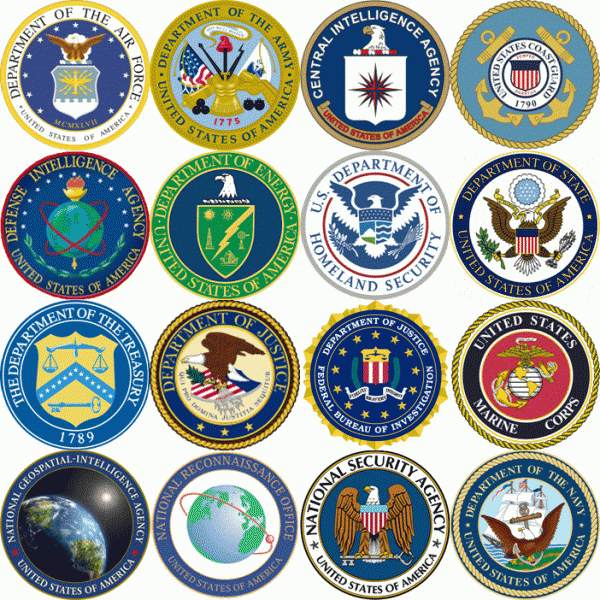The intelligence community has a new workout regimen from an unlikely source: social science. Yes, intelligence analysts will now have to engage in mental gymnastics.
According to Wired.com, the mental workout regimen was delineated in a recent report by the National Research Council. The council recommends useful ways to relate insights from the behavioral and social sciences to the intelligence community.
This is not the first time the government has went to the social sciences for guidance– the controversial Human Terrain System project inserts researchers into combat units to develop knowledge of local circumstances and cultural traditions. This new report is a bit dissimilar. Rather than sending social scientists overseas, it uses their expertise to contemplate the “critical problems of individual and group judgment” among analysts at home.
The question is: what are these problems and how can social science help elucidate them?
It begins with the individual. Each day an analyst has to sort and assess an onslaught of incoming facts, stats, and figures to come to a clear understanding of an issue. This means a lot of thinking and decision-making – which is in the domain of psychology. The report centers many of its recommendations on research “regarding how individuals think.”

It references many known psychological idiosyncrasies that can muddle that thinking. Hindsight bias, or the “knew-it-all-along effect,” is the predisposition to overstate how well you could have predicted an event, after the fact. Outcome bias is the inclination to judge decisions by how things turned out, instead of how well the decision was made. These biases are common, but certain “de-biasing” exercises can help.
The report suggests that all analysts be required to “consider alternatives to a known (or assumed) outcome and identify events or data which would support alternative assessments.”
They will do all of this while participating in their “Analytical Olympics,” a competition for analysts to see who can make the best predictions and who has the most appropriate confidence levels. Sounds like fun.
Socially, the report ponders what can go wrong when people intermingle and communicate, and what to do about it. The 20,000 or so analysts in the intelligence community are spread across 16 offices and agencies, so it’s certain that there will be some miscommunication. The social sciences say that people usually exaggerate how well they understand others, they don’t realize they are using jargon, and they guess wrong about what “goes without saying.”
So what can you do? Well, the report has a specific workout designed to defeat those communication errors. Manipulation checks would have someone go over an analysis, and then compare it with the original intent of the analyst. Think-aloud procedures would have people simply say whatever comes to mind while they’re reading an analysis, to detect any misinterpretations.
To round it out, add some inter-departmental cross training to get analysts to experience different roles, take on new assignments, and see new perspectives. With any luck trading places with a CIA agent for a day will give an analyst “greater flexibility and insight when dealing with a new situation.” If they ever make it back to work that is.
If all of stuff that doesn’t get the heart rate up, the report supports “Idea Tournaments” to encourage collaboration and innovation. Gradually more popular in the private sector, tournaments may work very well in world of intelligence analysis, by inspiring novel thinking among people with very different abilities and skills.
The report has a bunch more recommendations on everything from hiring practices (measure cognitive ability directly and don’t rely on proxy measures like a college degree) to homework assignments (require all analysts to be familiar with probability theory, statistics, and game theory).
And that’s how your tax dollars are spent, on fun little mind games.






